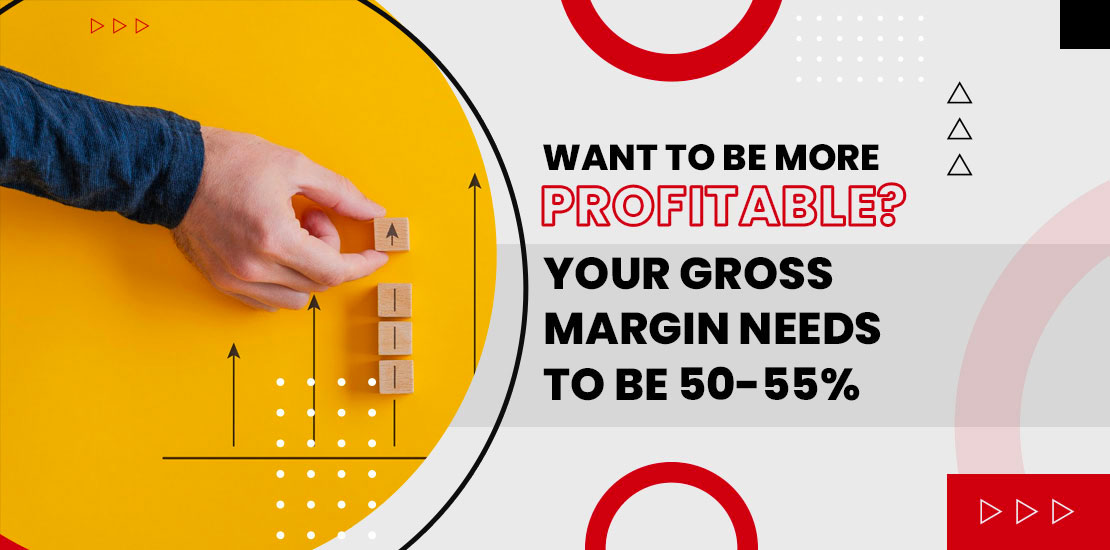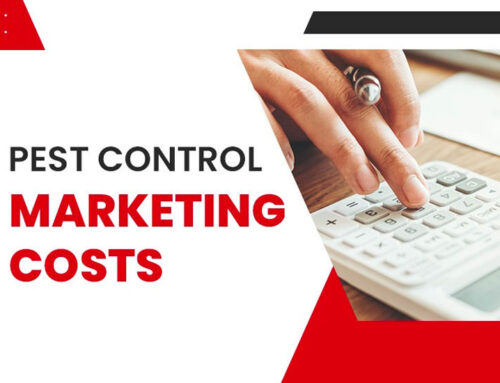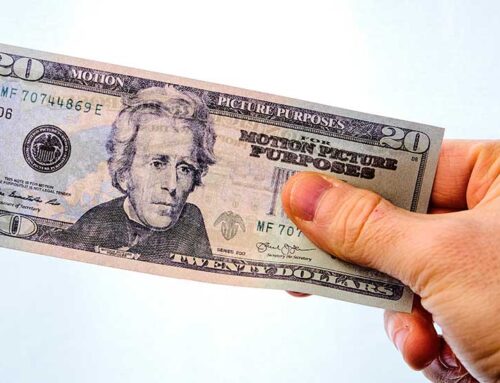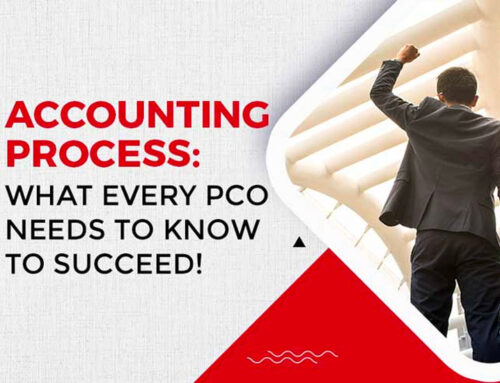In retail, gross margin is an easily calculated number. It’s the difference between how much you purchase a product for and how much you sell the product for stated as a percentage. Example: You sell a widget for $100 that you purchased for $60. Your gross profit is $40 ($100-$40) and your gross margin is 40% percent.
Why is this number so important? It’s because the total gross profit on all products sold initially is used to pay off overhead (fixed costs). Once overhead is paid off also known as the breakeven point, you begin to make profit at the rate of gross margin x the sales price of all items sold in excess of breakeven.
The gross profit contributes to paying off overhead, and once paid off the gross profit contributes to net profit of the firm. This is the reason many accountants refer to gross margin as contribution margin. The above concept is known as breakeven analysis and is one of the elementary cost control and pricing strategies taught at business schools.
As you increase or decrease selling prices while holding product cost constant, your gross margin rises or falls and, therefore, your breakeven point in number of units to be sold decreases or increases based on selling price.
Let’s Look at a Few Examples
Assume it costs $10,000 per month to run our office. This includes rent, salaries, utilities, office supplies, etc. (these are known as fixed costs).
- Let’s assume as above our selling price is $100 and we make $40 per widget gross profit. We would need to sell 250 widgets per month to break even: $10,000 / ($100-$60). Once we sell 250 units, we start making net profit at a rate of $40 per widget.
- If we raise our selling price to $160 per widget, we make $100 per widget gross profit and we only need to sell 100 widgets per month to break even: $10,000 / ($160-$60). Once we sell 100 widgets we start making net profit at a rate of $100 per widget.
- If we lower the selling price to $85 per widget we make $25 per widget gross profit and we would need to sell 400 widgets per month to break even: $10,000 / ($85-$60). Once we sell 400 units, we start making net profit at a rate of $25 per widget.
Okay so this breakeven analysis is some powerful stuff, but I am in the lawn care business. I don’t resell a product that I purchase; I provide a service. How do I calculate gross margin and breakeven? The key to employing gross margin as a key performance indicator in a service business is to define a unit of measure that we sell, since we don’t sell products. In lawn care many try to use square foot as a measure. The problem with square foot is that our price per square foot is not the same across all jobs.
Meaning: There is usually a minimum charge whether you are treating 500 square feet or 1,000 square feet. Once the minimum is reached, you add a certain amount for each additional square foot. So rather than using a square foot as a unit sold, we may want to use a job as a unit. The problem with a job is it can be a small job or a large job, so not all jobs are equal.
My recommendation is that we define our unit as an hour of service. In doing so, we need to understand, how many square feet can be covered in an hour. Each company needs to answer this for themselves based on the equipment they use as well as other factors. However, once we determine how much fertilizer can be spread in an hour (our unit is one hour of fertilization service), we can figure out our direct cost (the cost to provide one hour of service before applying any fixed costs).
In lawn care, we usually look for material cost of about 15 percent and technician labor to be 15-20 percent other direct costs such as vehicle costs, workers comp, uniforms, etc., is usually 15-20 percent. Taking these direct costs together the most efficient companies have direct costs of 45-50 percent making their gross margins 50-55 percent. By knowing the actual costs of these items per hour this gross margin analysis allows us to back into our selling price per hour, while targeting the gross margin percentage of these most efficient companies.
By looking at your business using breakeven analysis and its components selling price, direct costs, gross margins, fixed costs and net profit, we can determine if we are making adequate profit and, if not, determine our problem is one of pricing, cost to perform the service or cost to run the office. Are you pricing your services for profit?




